Price: $24.99 - $14.59
(as of Nov 02, 2024 12:42:21 UTC – Details)
Want to know how to use an electronic component? This first book of a three-volume set includes key information on electronics parts for your projects―complete with photographs, schematics, and diagrams. You’ll learn what each one does, how it works, why it’s useful, and what variants exist. No matter how much you know about electronics, you’ll find fascinating details you’ve never come across before.
Convenient, concise, well-organized, and precise
Perfect for teachers, hobbyists, engineers, and students of all ages, this reference puts reliable, fact-checked information right at your fingertips―whether you’re refreshing your memory or exploring a component for the first time. Beginners will quickly grasp important concepts, and more experienced users will find the specific details their projects require.
Unique: the first and only encyclopedia set on electronic components, distilled into three separate volumes Incredibly detailed: includes information distilled from hundreds of sources Easy to browse: parts are clearly organized by component type Authoritative: fact-checked by expert advisors to ensure that the information is both current and accurate Reliable: a more consistent source of information than online sources, product datasheets, and manufacturer’s tutorials Instructive: each component description provides details about substitutions, common problems, and workarounds Comprehensive: Volume 1 covers power, electromagnetism, and discrete semi-conductors; Volume 2 includes integrated circuits, and light and sound sources; Volume 3 covers a range of sensing devices.
From the brand


Explore more from Make


Make:
Elevating makers, nurturing a global cultural movement, and celebrating creativity, innovation & curiosity.
Publisher : Make Community, LLC; 1st edition (December 4, 2012)
Language : English
Paperback : 294 pages
ISBN-10 : 1449333893
ISBN-13 : 978-1449333898
Item Weight : 1.7 pounds
Dimensions : 8 x 0.59 x 9.75 inches
Customers say
Customers find the book’s information quality excellent. They say it does a good job of describing components and providing reasonable explanations. Readers also mention the layout is well-designed and easy to read.
AI-generated from the text of customer reviews



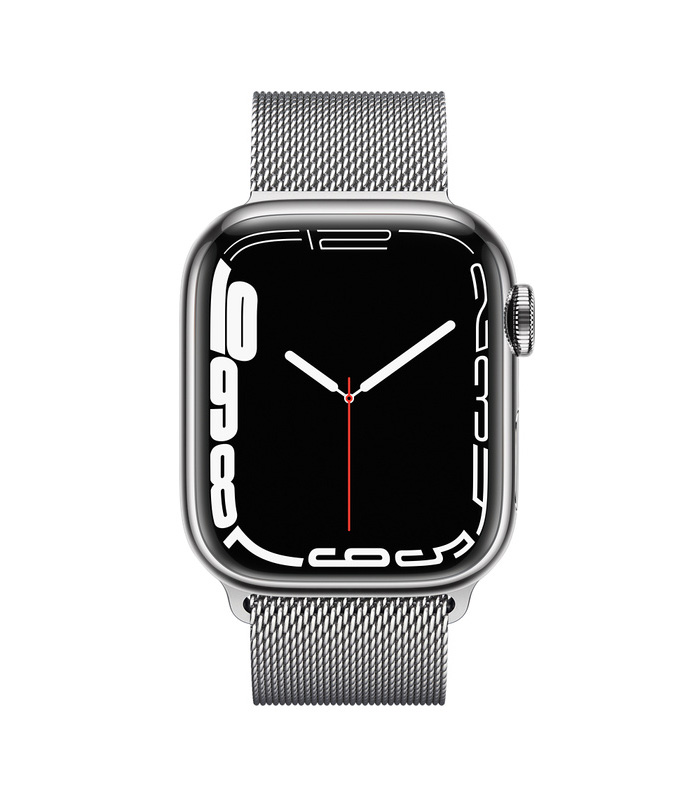





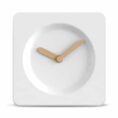

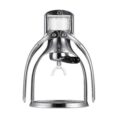
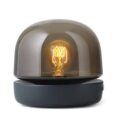









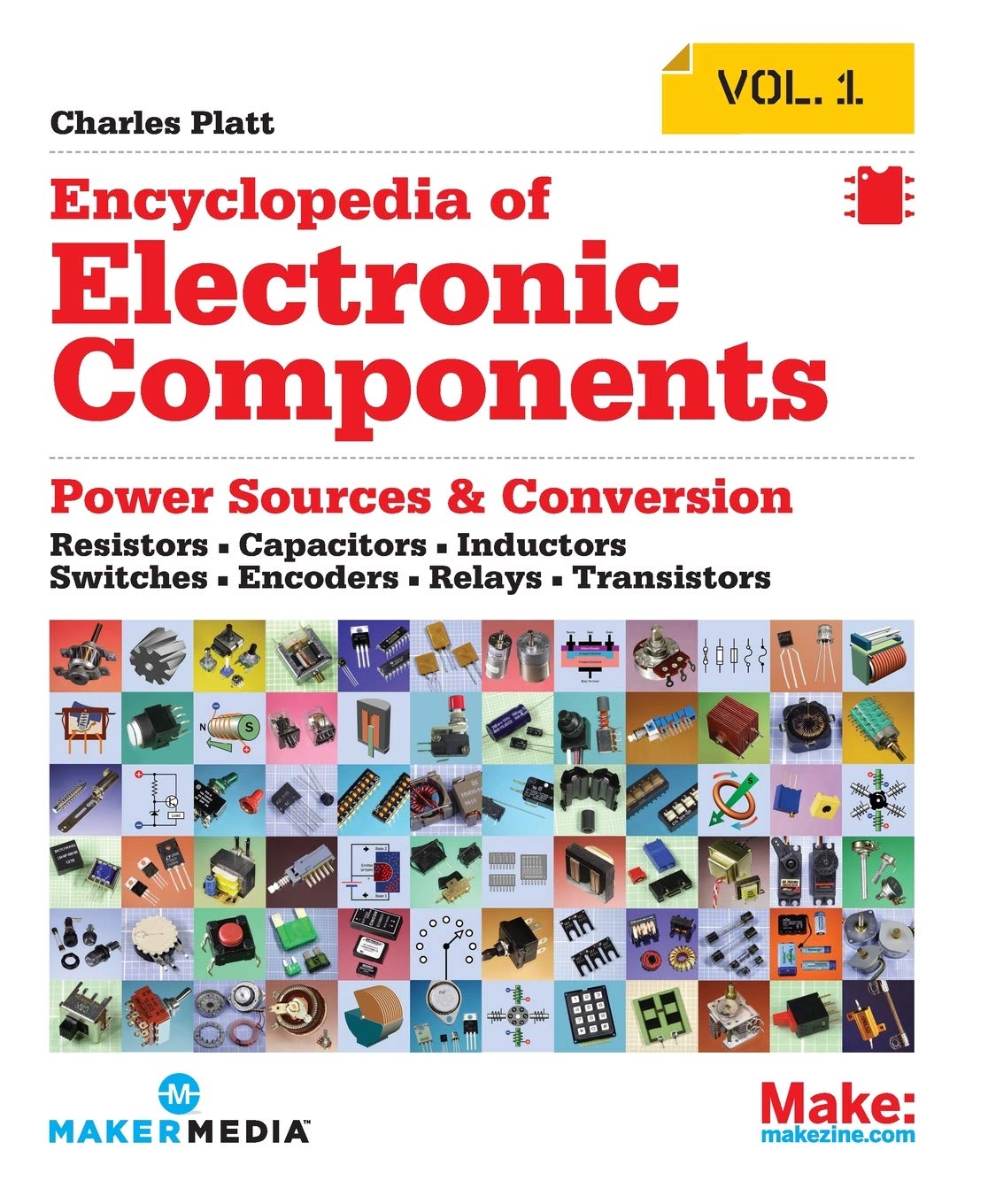
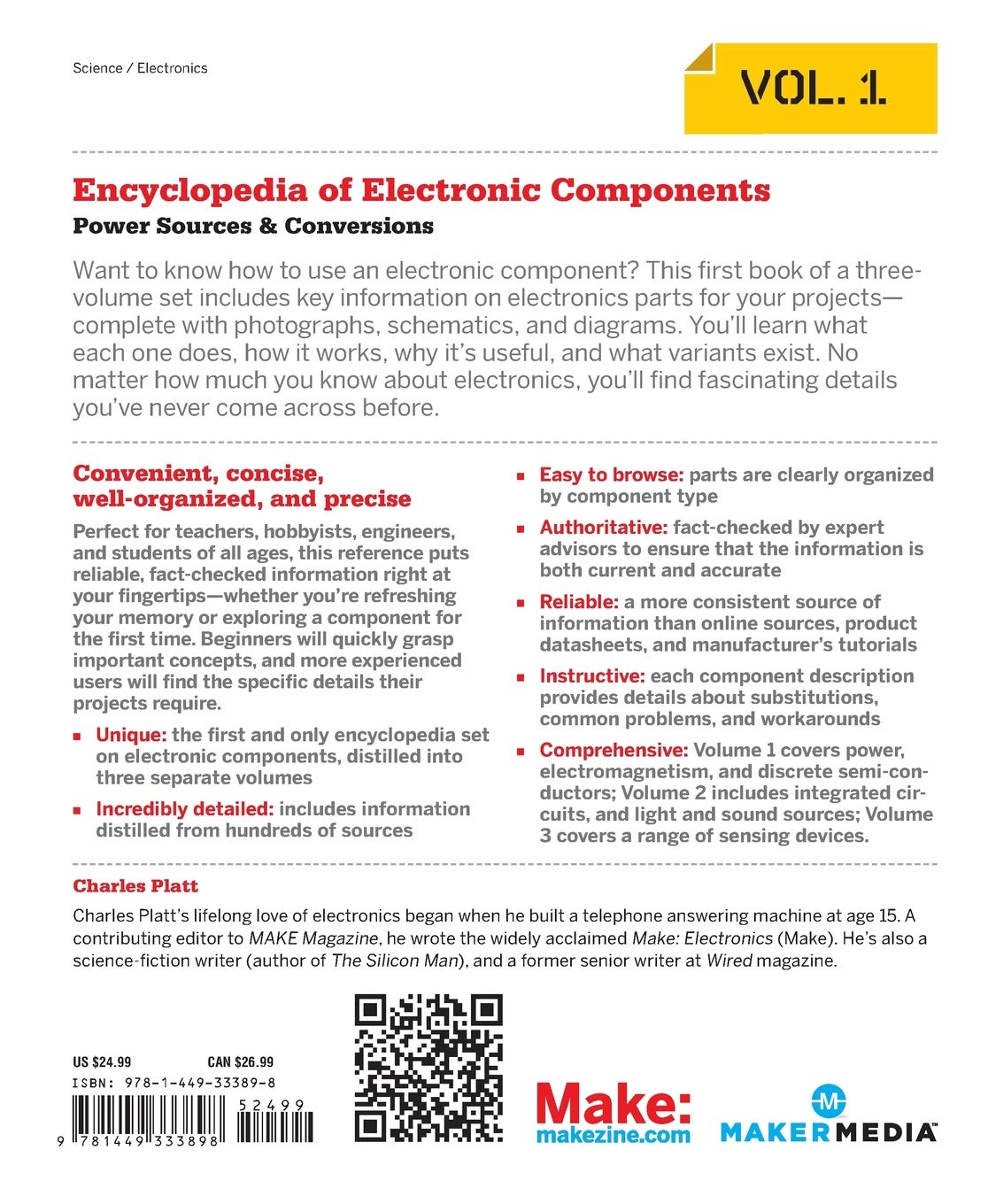
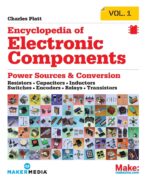
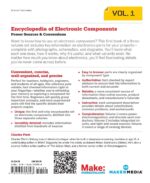

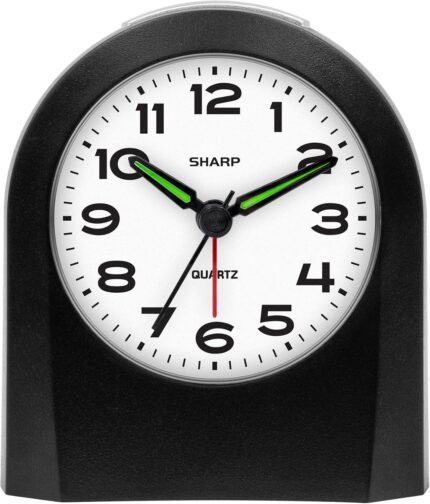





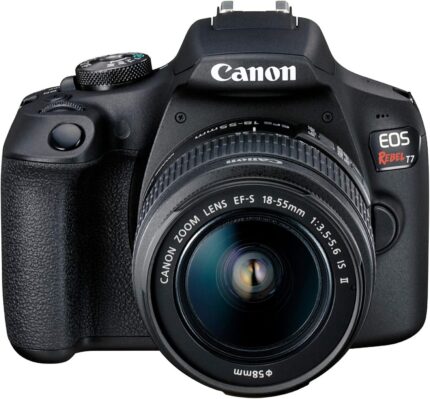
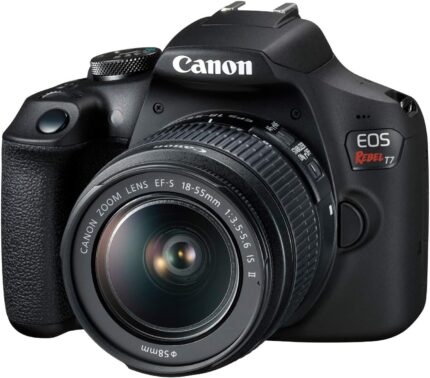
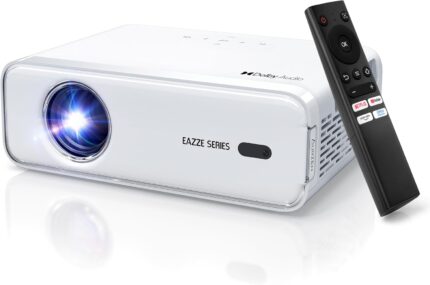



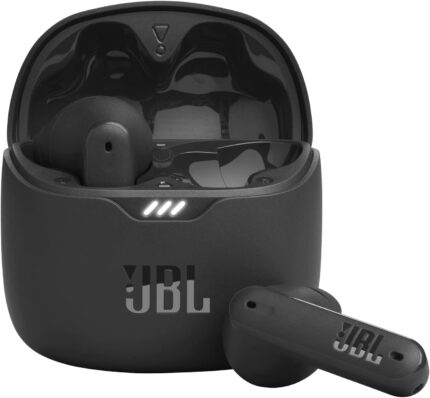
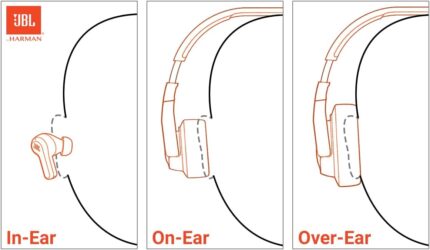
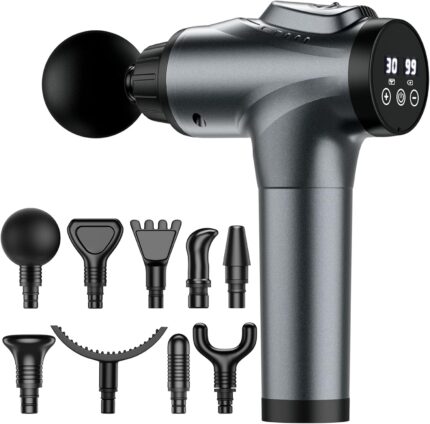
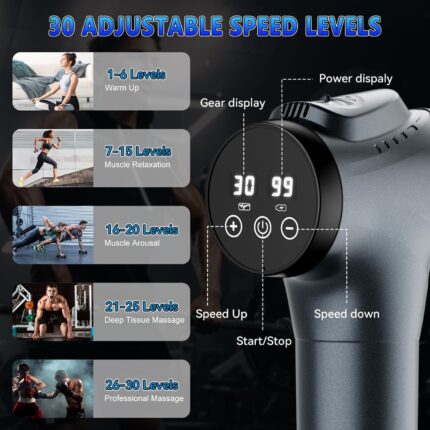

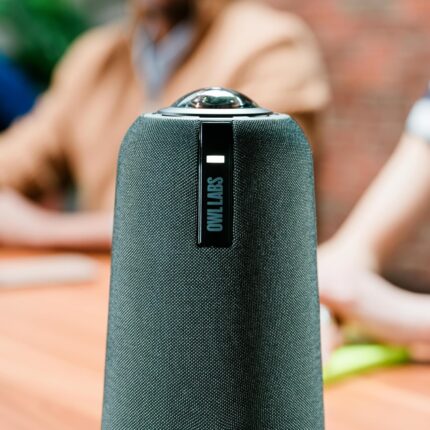
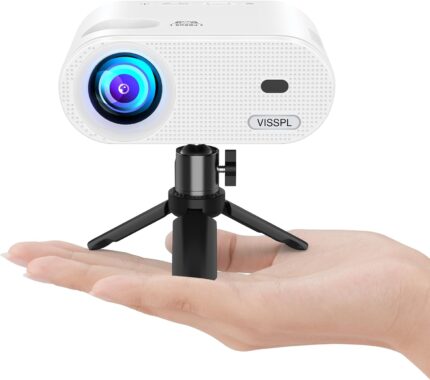
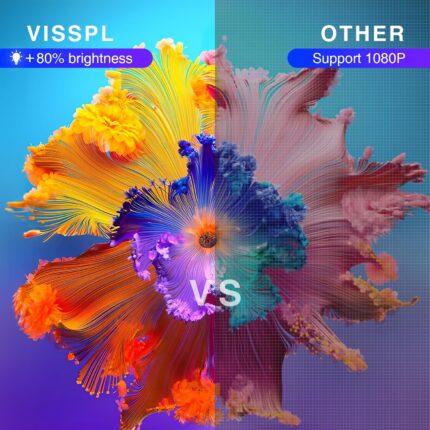

ant landers –
Great book
Great knowledge for beginners
Daniel Morgan –
EASY TO READ
I found a interest in making something electronic and I come across many different kinds of electronics kits here on Amazon, but I do not know what the parts are or even what they do. So, while searching around and waiting on a answer from my conscious whether to buy the book or not I took the risk of which at the price it is is not very muh compared to some electronics books Ive seen. So far I am learning from it and enjoying the very straight forward explinations of what a part is, how it works, and so on. It is very easy to understand. This is the first volume of a three set and I will be buying the next volume as soon as I finish this one. I do recommed this book. The thing is it is not organized in a structure to teach even as it says in the book from begginer to advanced. But still it is comprehendable and easy to get used to.
Amazon Customer –
Very Informative
Book is what you need to learn electronics.
Urb Anwriter –
A valuable addition to the bookshelf: worth the time and the money
Platt’s ‘Enc. of Electronic Components’ is a good read, lots of information on the components covered, and strikes a fine balance between underwhelming the knowledgeable and overwhelming those who ‘just don’t know.’I wanted to know more about capacitors. Now I have read why I might choose polyethylene over mylar, or tantalum caps over electrolytics. I wanted to know more about coils, inductors, and now there is a little more knowledge to fill the wells of memory there as well.Lots of good information on resistors, capacitors (including the actual schematics for RC high and low pass filters), a little later there are LCR filters, diodes, a variety of diodes and transistor types. There is a very good section on a variety of motors – better here than I expected, so I learned more where I hadn’t thought I would.Platt introduces the volume by suggesting the book will gather enough information to be usable, in one place, effectively ‘peer reviewed’ for accuracy and legitimacy, and the book certainly lives up to that aim.In all chapters on components there is a ‘what could go wrong’ section; that is what I’m going to add here. My two big complaints have to do with typeface/font selection and the layout of illustrations. The font used for formulae I find hard to read quickly and accurately. Most troublesome is the ‘pi’ symbol which quite often I mistake for an ‘n’ which I catch because I know the equation – but I can see being caught out. That I would like to see changed. The other complaint is the number of times throughout the book where the text refers to an illustration — which is on the next page. It sounds like a minor complaint but can be irritating.Those two quibbles aside I’m glad I bought the book. If my bookshelf had a fire, earthquake, tsunami, or house-cleaner come through I would buy another copy quickly.And, once through the first couple chapters, I want to know when the next (two!) volumes are coming out?Worth your time and money.
GadgetsNgoodies –
A lot of information in easy to understand form
The author did an outstanding job to collect the information and present them in a way even beginners can understand. A great resource for any electronic library from the hobbyist to the professional
Danny Sebahar –
Too much detail on simple things not enough on hard things
This book is great as an introduction into Electronics. I think it’s useful to have around in case you ever want to look anything up but I was under the assumption it would be more encyclopedic whereas this is sort of like a 6th graders reference book for not any sort of actual practical referencing but just something need to look at in read. There are some chapters that are incredibly long on things like relays that, while correct and useful to people who use a lot of relays, are incredibly boring for 90% of the people that are going to be reading this book. Relay is a great device if you’re making an oven but if you’re making an oven you’re not reading this book. That is to say, the writer is very intelligent as far as electrical engineering goes however the writer is not cognizant of who he is writing to, he switches between thinking his audiences incredibly developed in their Electronics knowledge and thinking that his audience knows nothing about Electronics. For example, the DC motor and AC motor section is the majority of the book. I mean not exactly but it’s very long however a DC motor has two connectors and we all know how to wire it up to get it to work it’s the simplest electronic component in the world. The mosfet is given 2 pages and is lumped in with the JFET, and enhancement mode, depletion mode, and channel, P Channel, the various regions, and it’s applications (of which the P Channel mosfet application listed was something like “no one uses p channel mosfets”) are zoomed through. The incongruity there being that the mosfet is very likely the most used electronic component in history and the relay is giving much more detail.however I got this book when I didn’t know s*** about electronics and now I do so maybe I can sound all high-and-mighty like this because I read the book and having read the book I Now understand Electronics. It’s a chicken or the egg kind of thing. But this is a genuine review and if this is what you want, and I’m sure it is, then you should buy the book because I did and now I know electronics well enough to write a review ragging on this book (chicken/egg…ya know).
Thomas Russell –
A Must Read for Electronic Enthusiast’s
I purchased all of Charles Platt’s Make: books in the series and they are all just packed with knowledge and beautifully laid out. I highly recommend these books for anyone looking to get into the world of electronics. Another wonderful feature about these books is, if you have any questions about any of the content in these books, Charles will personally reply to answer your quarries. Be sure to check out all the books in this series!!!Make: ElectronicsMake: More ElectronicsMake: Encyclopedia of Electronic Components Vol 1,2,3
Tom –
Excellent Book
This book is an outstanding reference book on a number of electronic components. Anyone interested in learning more about electronic components or reviewing should have this book in their library.
Jorge Belo –
Very concise information and good exercises examples.I like it very much.
Chris Vierge –
Great reference book, absolutely purrrrrfect, easy to understand even for an artist LOL, nice pics and disposition, gonna buy the other two volumes!!! Can absolutely recommend.
D –
uitgebreide omschrijvingen. Hoeveelheid van beschreven onderdelen had at meer kunnen zijn is mijn mening. Vandaar dat er natuurlijk 3 banden zijn.
anonimo –
Ho acquistato tutti 3 i volumi dell’ Encyclopedia of electronic components.Sono presenti praticamente tutti i componenti utilizzati solitamente nelle schede elettroniche, con immagini a colori, foto, componenti sezionati.Vengono spiegati i principi di funzionamento e i comuni utilizzi .Il libro è ideale sia per i principianti, per gli appassionati che vogliono capire come funziona un componente, ma anche per chi conosce già bene l’elettronica e vuole avere un riferimento a portata di mano.I libri si concentrano maggiormente sul funzionamento e utilizzo dei componenti, e non su calcoli e teorie di progettazione.à scritto in inglese facile, quindi va bene anche per chi non conosce bene la lingua.Le pagine sono abbastanza spesse , la qualità di stampa / risoluzione delle immagini è abbastanza buona.
L. Briner –
The author said that he wrote these because nothing equivalent already existed and I think he is correct. In these modern times of “everything on the internet”, these books are still very useful for quick and clear reference.Each volume covers a subset of common electronic components and goes into a reasonable level of detail about what they are and how they work – certainly enough depth for a teenager or keen youngster but also enough for many older hobbyists to quickly remind themselves what the bias voltage of a particular transistor is or to work out how much gate voltage will ensure a MOSFET is fully conducting etc.The print is very clear and easy to read so great to keep a set on your shelves.